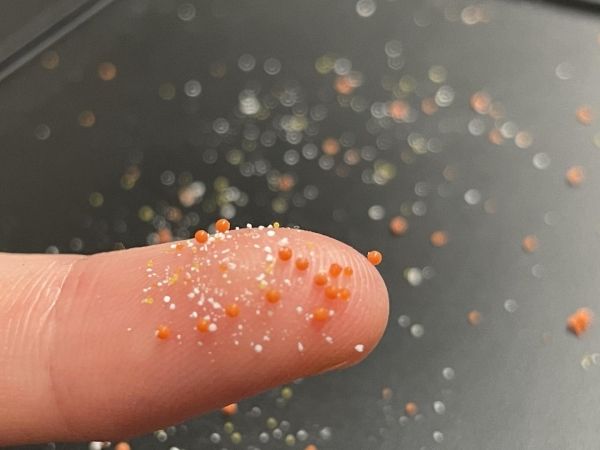It’s estimated that an average-sized wastewater treatment plant serving roughly 400,000 residents will discharge up to 2,000,000 microplastic particles into the environment each day. Yet, researchers are still learning the environmental and human health impact of these ultra-fine plastic particles, less than 5 millimeters in length, found in everything from cosmetics, toothpaste and clothing microfibers, to our food, air and drinking water.
Now, researchers at New Jersey Institute of Technology have shown that ubiquitous microplastics can become ‘hubs’ for antibiotic-resistant bacteria and pathogens to grow once they wash down household drains and enter wastewater treatment plants — forming a slimy layer of buildup, or biofilm, on their surface that allows pathogenic microorganisms and antibiotic waste to attach and comingle.
In findings published in Elsevier’s Journal of Hazardous Materials Letters, researchers found certain strains of bacteria elevated antibiotic resistance by up to 30 times while living on microplastic biofilms that can form inside activated sludge units at municipal wastewater treatment plants.
“A number of recent studies have focused on the negative impacts that millions of tons of microplastic waste a year is having on our freshwater and ocean environments, but until now the role of microplastics in our towns’ and cities’ wastewater treatment processes has largely been unknown,” said Mengyan Li, associate professor of chemistry and environmental science at NJIT and the study’s corresponding author. “These wastewater treatment plants can be hotspots where various chemicals, antibiotic-resistant bacteria and pathogens converge and what our study shows is that microplastics can serve as their carriers, posing imminent risks to aquatic biota and human health if they bypass the water treatment process.”
Read more at New Jersey Institute of Technology
Image: A single use of a facial exfoliator can release 5,000 -100,000 microplastics to the environment. (Credit: NJIT)


